I wake to the sound of surf, the sea, lapping at my feet. The light hurts. I push down into my sleeping bag. It’s wet. There’s a heavy dew. I rub my eyes, my skin is sore, the sun is already hot. I reach for a bottle of water, drink and lie back. Soon the beach will start to fill up, but for now it belongs to me and my comrades, sprawled about the embers of last night’s fire. It’s 1971, I’m sixteen years old and this is Tahiti Beach, San Tropez, France, the favourite beach of the beautiful people.
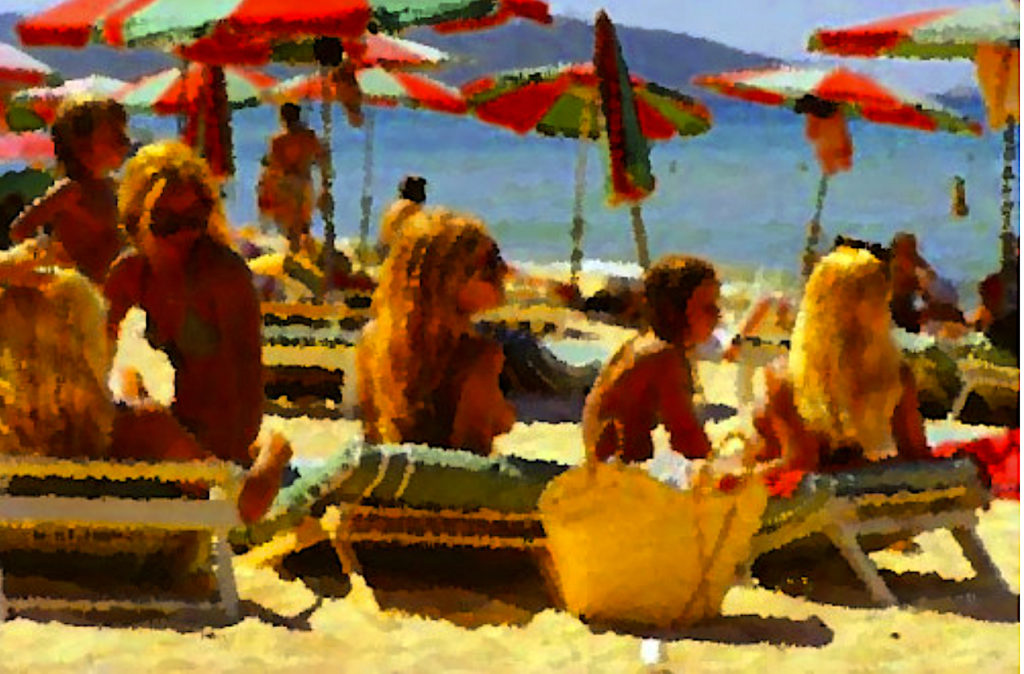
Brigitte Bardot has her house on the headland and, like moths to flame, the rich of Europe gather here for the summer. The San Tropez beach is lined with huts, and in front of each hut, in neat rows, are parasols and benches in many shades of livery. Different groups at different establishments, each with its own favoured celebrity.
BB‘s
BB‘s is San Tropez’ number one and that is where we like to end up at dusk, playing chess, and making a beer last an age. Right now though I’m lying on a stretch of beach a couple of hundred metres wide. It’s the only stretch of public beach in the bay, and for the summer this is our home. We are not the rich of Europe, we are “les freaks”, hitch-hikers, travellers, buskers, students, a group of friends enjoying the good life for a few pounds a week.
LIFE ON THE BEACH
Breakfast is a fresh hot baguette and a can of sardines in olive oil. Whoever gets up first goes to the campsite and, using the money we earned the previous night busking, buys the day’s provisions. We get up early, swim, eat, and re-establish the camp in daytime mode. For the rest of the morning and afternoon, we read, swim, drink, and eat, and watch the people go by. In the evenings, we cook on a camp fire, sing songs, play chess, busk, and generally fool around. Occasionally the police come and tell us to move on, sometimes we get invited to beach parties, but mostly we’re left alone.
On this particular day in August in the summer of 1971, I am lying back in the sand when thump!, something hits me on the head. It is a well-aimed book, Bury My Heart At Wounded Knee by Dee Brown, thrown at me by my friend and hitch-hiking buddy, Tim.
“Read that! It’ll change your life!” He laughed. Well I did read it, and I have since read it many times, and delve into it often. And Tim was right, it did change my life! Over the next few days, I write a song inspired by Dee Brown’s book:
Bury my heart at Wounded Knee
Lay me down by the cottonwood tree
Yes we know when you come we die
Take me home where the eagles fly
We rehearse it round the camp fire before playing it on the waterfront, in amongst our Dylan and Donovan repertoire. Busking is simple in 1971; there is no hassle; just turn up and play really, and people are generally kind, and generous. We usually get quite a crowd.
Robert Hart sings the song on the album (Everybody Powwow!), and it still retains the bones of the chorus that I wrote on Tahiti Beach, San Tropez, all those years ago!
So that was the beginning of the journey. A journey that would take me across America into the heartland of Sioux territory.
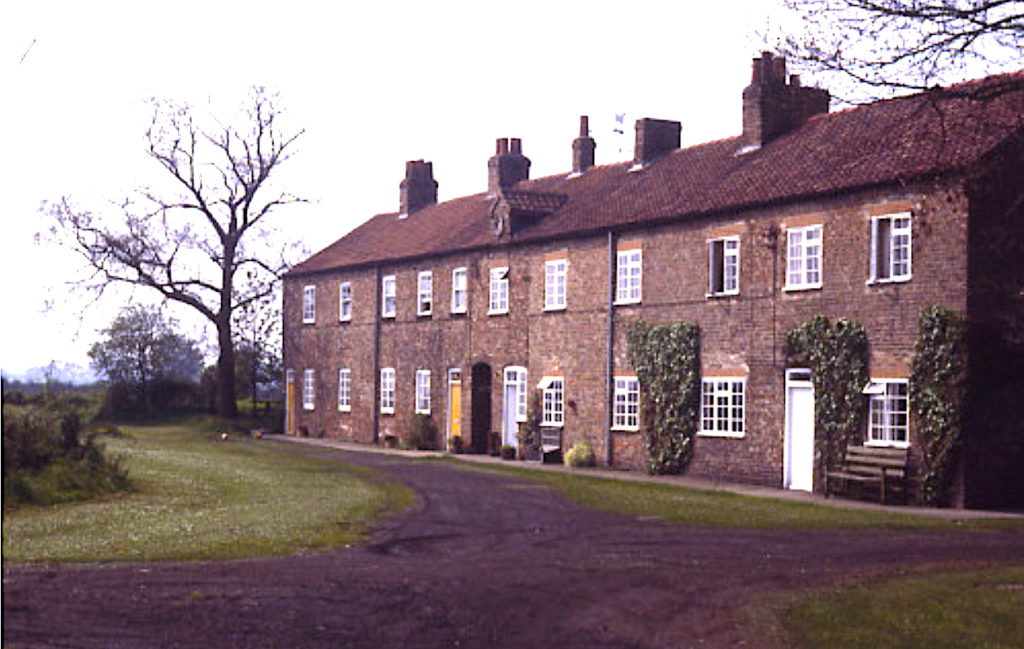
JOURNEY TO NEW YORK
The physical journey begins on the slip road leading onto the A1 just outside York (England). It’s now seven years after that fateful hit on the head, I have a music degree, a couple of hundred pounds in my pocket, and I’ve just left my home and I’m hitch-hiking down to London to catch a plane to the USA, to Pine Ridge. I know I’m going to write an album. But I need to make this journey to know what to write.
A van pulls over. The driver says he’s going all the way. It’s my lucky day!
Five hours later, I’m in London, and I make my way through the underground to Heathrow.
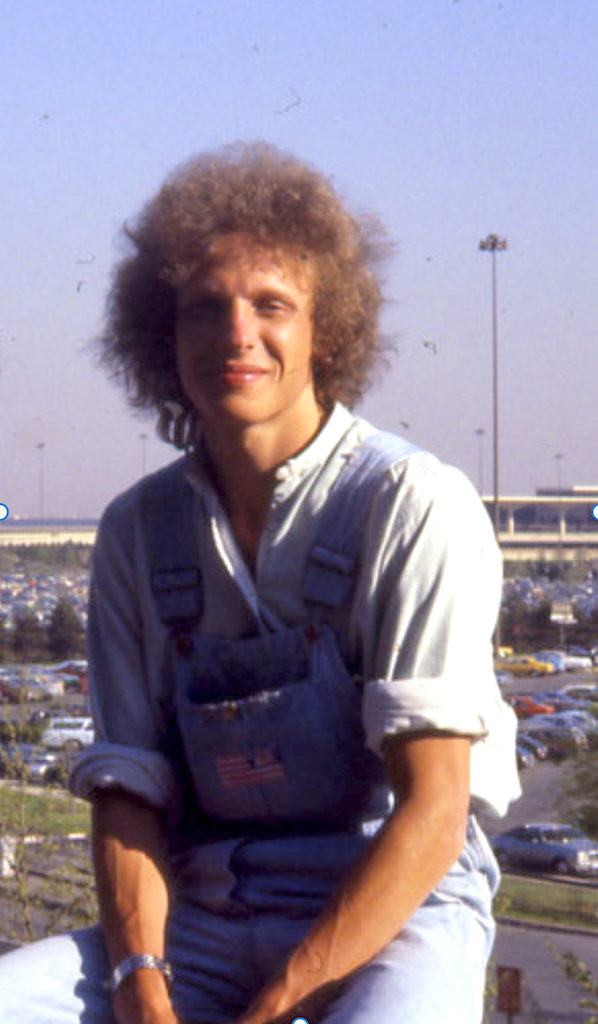
I’m fortunate to have great support with equipment and lodgings on this trip, (I couldn’t make the trip without it), organized by Andrew Coggins, a friend of old. A camera shop in York had agreed to lend me a high-end Nikon camera, 36 reels of Ektachrome film, and a Sony portable cassette recorder.
So I start recording and taking pictures as I travel.
The incredible sound of the ticket hall in Piccadilly Circus is the first recording I make, and later use this as an introduction to one of the songs on the album.
This is my first trip by plane, so it is all new to me, the airport, the plane, the take-off, the sensations of jet travel.
The standby flight costs £64, and I manage to get on the next plane. It’s a VC10, a very cool aircraft. I order a drink, and I sit back and relax. At last, after years of planning, I’m on my way!
We take off and rise through the clouds into a clear blue sky. The sun appears to hang in the same position as we move west. I write a song title down: Chase The Sun. And then start to write what becomes the chorus.
I’ll chase the sun all day
And the moon all night
Straight for your heart
I will follow the light.
JFK AIRPORT
I arrive at JFK airport, and head for the bar. I not quite ready for the next part of my trip yet. New York had a fearsome reputation at the time, and I have no idea what my host in the city is going to be like.I know his name, Joe Eula, and that he is famous, and that he is Liza Minnelli’s designer.
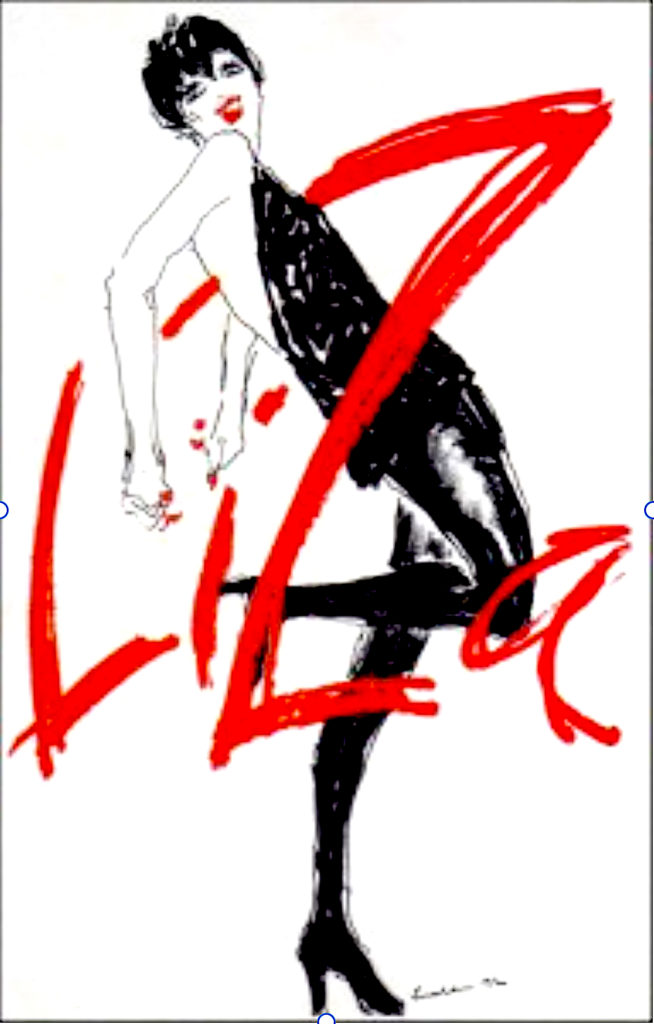
And that he has agreed to put me up for a few days.
A couple of beers later, revived, I take a cab into New York. As we cross the Brooklyn Bridge and the city of New York stretches out in front of me, my spirits soar. This is going to be interesting!.. (more to follow).
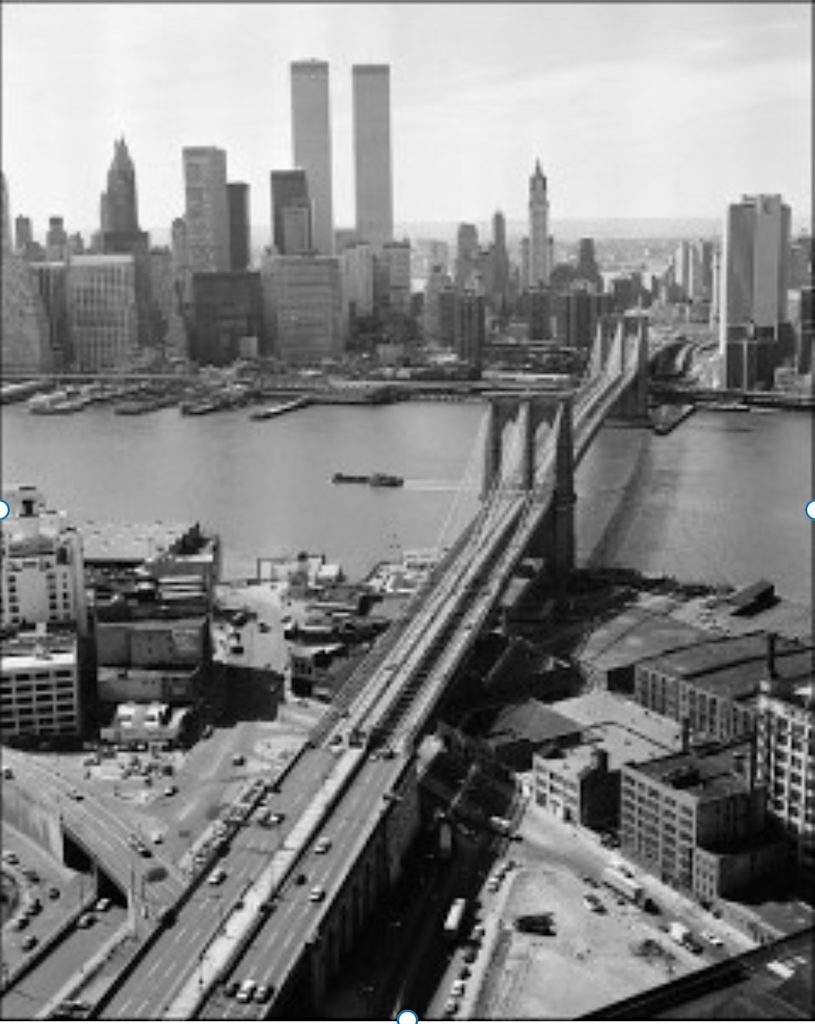
…………………………………………………………………………………………………………………………………………………………..
Links to further blogs about Everybody Powwow! below:
Everybody Powwow! – The Master Recordings. (Part 1)
By the time Ian Tompson greeted me at the front gate of Humber Road Studios in Blackheath, on the first day of recording Everybody Powwow!, I thought I was well prepared, and was looking forward to finally getting in the studio with my songs…
Everybody Powwow! – A journey into the Badlands.
On February 27th, 1973, an American public, wearied by the Vietnam War, woke to the unreal prospect of guerrilla war in its own heartland……